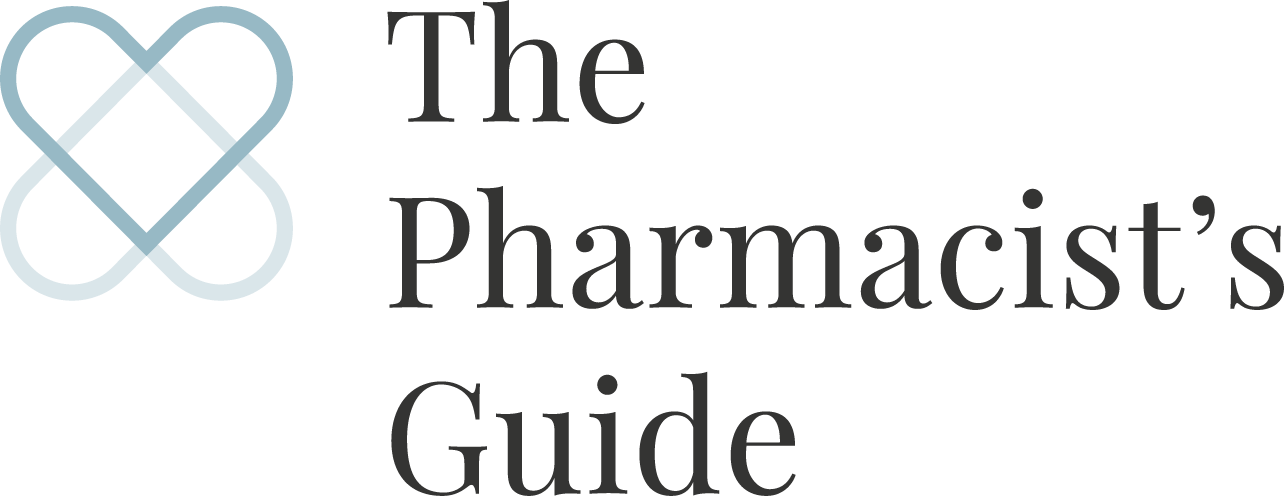WHAT DO I NEED TO KNOW ABOUT BIOSIMILARS?
Biosimilars are starting to come up more frequently in health care news. The approval pathway has been around for a few years in the United States (U.S.) but only recently have biosimilars been developed and approved. These drugs and terms are relatively new in the U.S., but the pathway for biosimilars has been in Europe for ten years.
What are biosimilars?
Biosimilars are basically the genericsor copies of biological medicines. When we think of generics, we think of small-molecule medicines like hydrochlorithiazide, furosemide, simvastatin etc....
Biologics (Humira, Rituximab, Neopogen, etc...) are large, complex molecules that are made from living organisms. Because of the nature of biologics, they are much harder to replicate, hence the name "similar".
Once a biologic has reached patent expiration, the door is open for a biosimilar to come on to the market. But, biosimilars require extensive testing and have to show that their safety, purity and potency profiles are basically the same as the originator drug. They need to have the same clinical effect as their reference drug and they usually differ by only a few inactive components.
The Biologics Price Competition and Innovation (BCPI) Act in 2010 was signed into law by the Food and Drug Administration (FDA) to create an abbreviated pathway for copies of a biological that are not the makers of the originator drug. This law is similar to the Hatch-Waxman Act in 1984 that created the abbreviated approval pathway for generic medicines.
To date, there are four FDA approved biosimilars but there are about 50 biosimilars currently in development, so healthcare providers and pharmacists need to be familiar with these medications. The first FDA approved biosimilar was last January and was the biosimilar (filgrastim-sndz) to Neopen (filgrastim). Though filgrastim-sdnz is new to the U.S., copies have been available in the EU since 2009.
Why biosimilars?
Biologics are expensive. Because of their cost, they are inaccessible to many patients and also can create a burden on healthcare systems. Many of the medications on the list of top-selling drugs are biologic medicines. It's estimated that by 2020, the global Biologics market will exceed $390 billion and make up 28% of pharmaceuticals.
By introducing competition into the marketplace, healthcare costs should decrease. The cost of a biosimilar is estimated to be between 15%-40% lower than the originator drug. This is not as much of a discount as our small-molecule generics, but it still can be substantial.
What at do I need to do?
As pharmacists, we need to educate our patients, physicians and other health care providers about the benefits (and possible risks) of biosimilars.
The countries with the greatest adoption of biosimilars in the EU are the countries where the most education has been done. This is a new field and there are a lot of questions.
Adverse events attributed to biologics has not increased in the EU in the last ten years, but we still need to be vigilant in our safety reporting and make sure that our health systems have measures in place to keep track of adverse events.
#health #biologics #biosimilars #humira #filgrastim #neupogen #infliximab #remicade #etanercept #enbrel #lantus #healthcare

